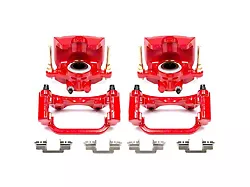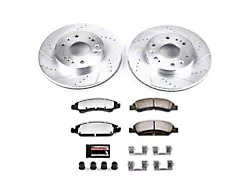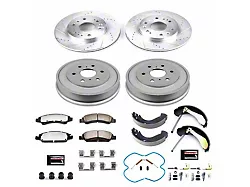Installation Time
(approx) 2 Hours
Difficulty Level:
Light to Moderate mechanical skill required.
Installation Guides
Guaranteed 12/24 Delivery Still Available see item page for details! available on most items - Details
$302.54 pair
Saved - View your saved items
We're sorry. We couldn't save this product at this time.
or use

PowerStop Performance Rear Brake Calipers; Red (07-13 Silverado 1500 w/ Rear Disc Brakes; 14-18 Silverado 1500)

PowerStop Z36 Extreme Truck and Tow 6-Lug Brake Rotor and Pad Kit; Front (07-18 Silverado 1500)

PowerStop Z36 Extreme Truck and Tow 6-Lug Brake Rotor, Drum and Pad Kit; Front and Rear (07-08 Silverado 1500 w/ Rear Drum Brakes)
Features, Description, Reviews, Q&A, Specs & Installation
Information on PowerStop's proper Break-In Procedure can be found here: https://www.powerstop.com/brake-pad-break-in-procedure/
PowerStop S4918A
CA Residents: 
Installation Info
Installation Time
(approx) 2 Hours
Difficulty Level:
Light to Moderate mechanical skill required.
Installation Guides
What's in the Box
Sponsored